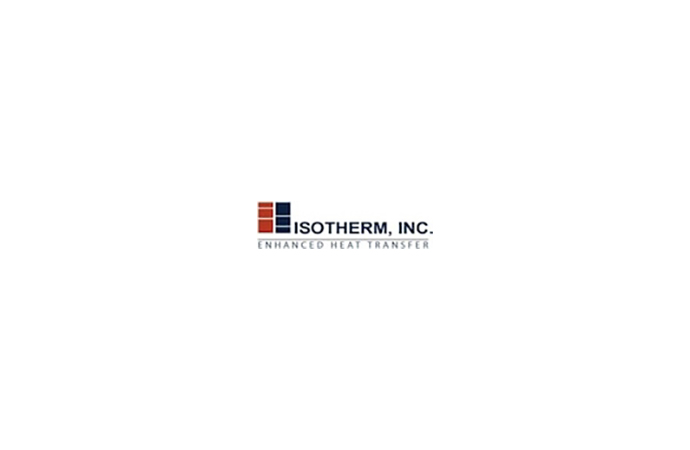E.C. Throsby Pty Limited, one of Australia’s leading packaged meat exporters recently upgraded its refrigeration plant to include automated plate freezing technology, which uses ammonia. The upgrade has resulted in a 20% increase in refrigeration capacity while also reducing labour costs.

E.C. Throsby Pty Limited operates a hot boning process plant north of Sydney in New South Wales, Australia. In 2010, the company decided to add additional plate stacks to increase capacity.
22% capacity increase
The Singleton Throsby plant, which was built in 2000 features a slaughter floor, boning room, offal and tripe rooms, cold store, rendering plant and plate freezers. To accommodate a planned increase in production it was decided that additional plate stacks were required and that these should be automated and housed in specially constructed a stand-alone building.
By adding four new plates to each of the original four plate freezers, capacity was increased by 22%, whilst the conversion to automatic operation improved the entire production flow through the plant and avoided labour costs. Moreover, the system has vastly improved carton presentation, almost eliminating damage claims.
According to Brendan Dever, business development manager with Milmeq, the company that worked on the plant upgrade, it “allowed an increase in freezing time to 20 hours, with an accompanying rise in plant room evaporating temperature, resulting in a very significant annual energy saving.”
Plate freezing
Plate freezing is a mechanised freezing process commonly used by meat, dairy, and fresh produce manufactures. Plate freezers are composed of an insulated cabinet that holds freezing plates positioned within a steel frame one above the other. Refrigerant, often ammonia circulates through the plates enabling them to rapidly cool a product by transferring heat by conduction from the product to the evaporator.
Despite the relatively high cost of the technology plate freezing has a number of advantages:
- 24 hour freezing cycle for products such as packaged beef, compared to 48 hours for air blast freezing
- Production of uniform sized cartons that are both flat topped and bottomed allowing for improved transport efficiencies
- Reduction in energy costs as a result of the elimination of fans
Unlike in Europe, where the meat is frozen in 80mm block, in Australia there are slight dimension variations between plants, meaning that each plate freezer needs to be custom designed and built.
Background
E. C. Throsby Pty Limited is a private, wholly Australian owned beef processing company. The Throsby Family have been processing livestock in the Hunter Valley for over 50 years from 1951. The plant processes cows and bulls, and produces product lines such as Bone In & Boneless Beef (Manufacturing & Primal Cuts), Offals, Fancy Meats, Tripe, Meat Meal, Blood Meal and Tallow for the export and domestic markets.
Milmeq have been providing horizontal plate freezers for over 40 years, producing small, medium and large ammonia plate freezers. Their manual plate freezers have a typical freezing capacity of up to 720 cartons; their semi-automatic plate freezers have a daily freezing capacity of up to 1,344 cartons; and their fully automatic plate freezers have a freezing capacity of up to 3,000 cartons.
MORE INFORMATION
Related stories




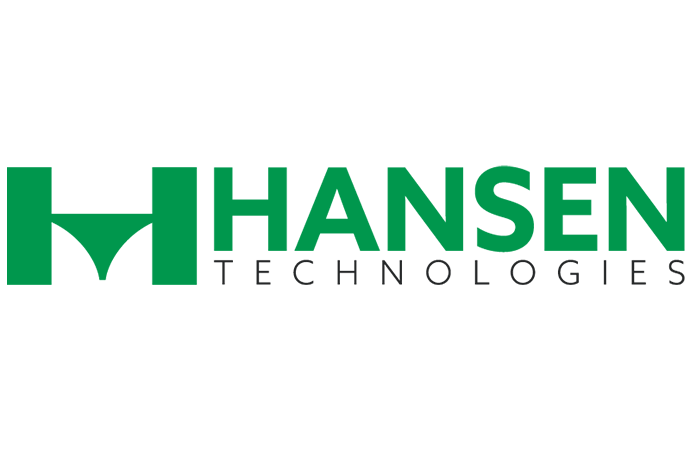

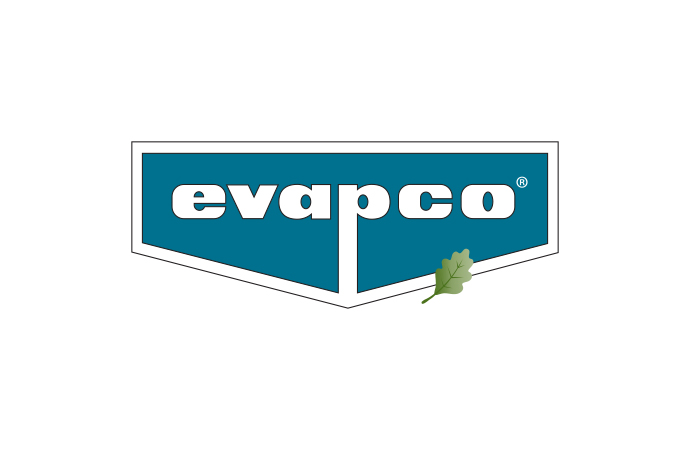
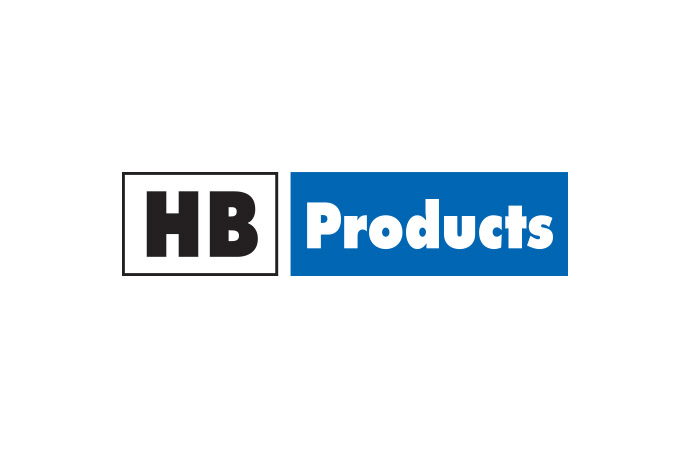
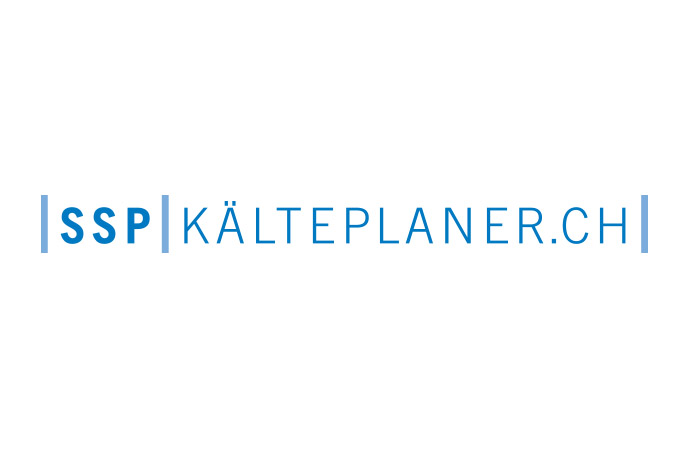
_1522327086.png)


